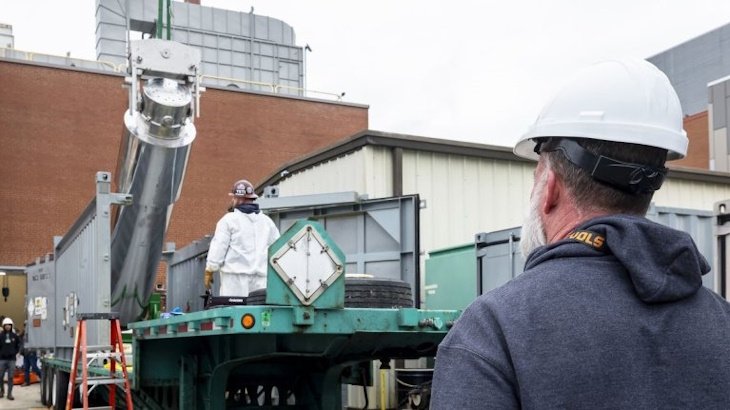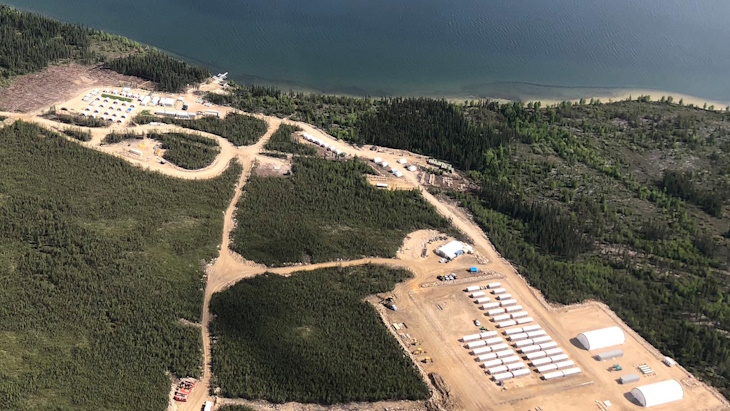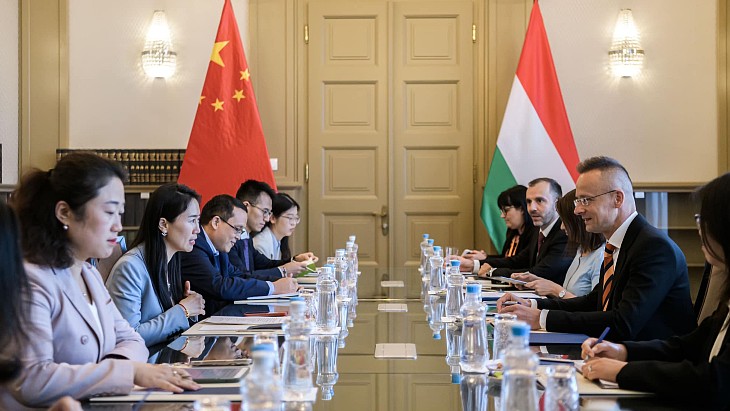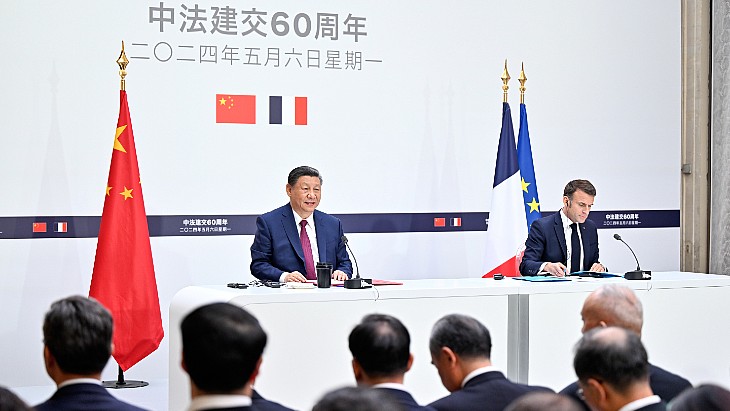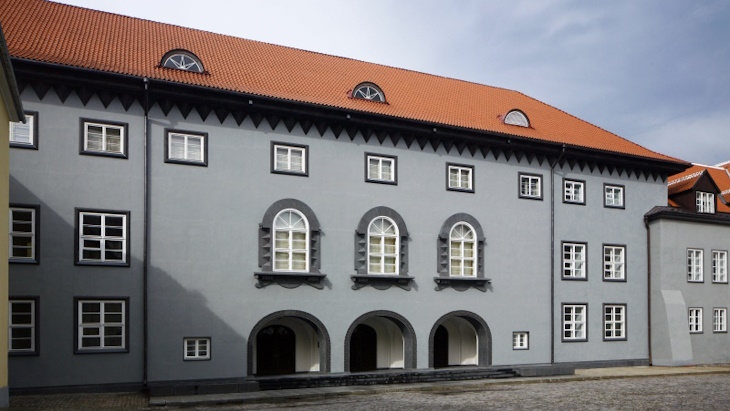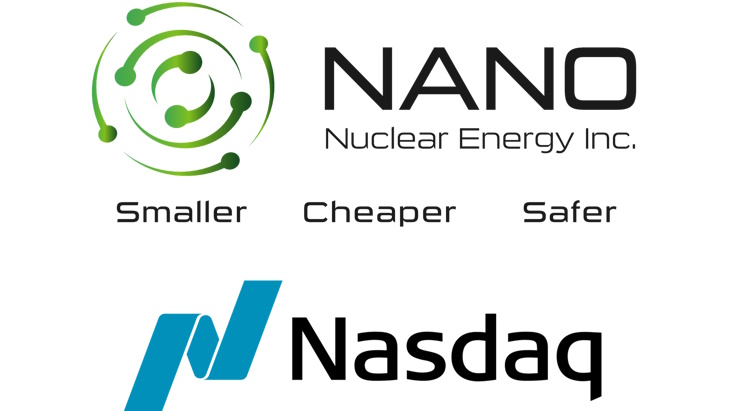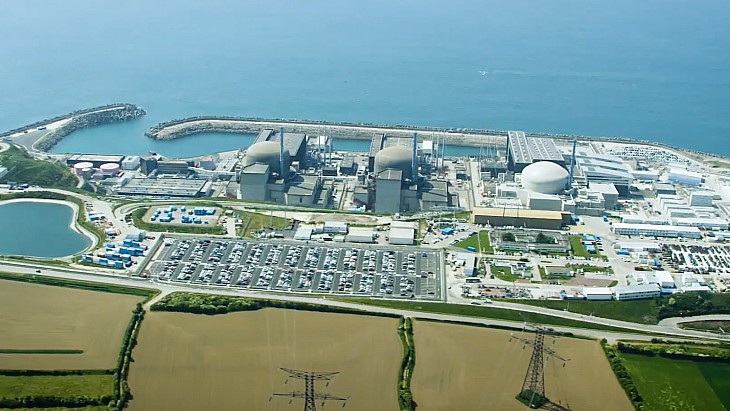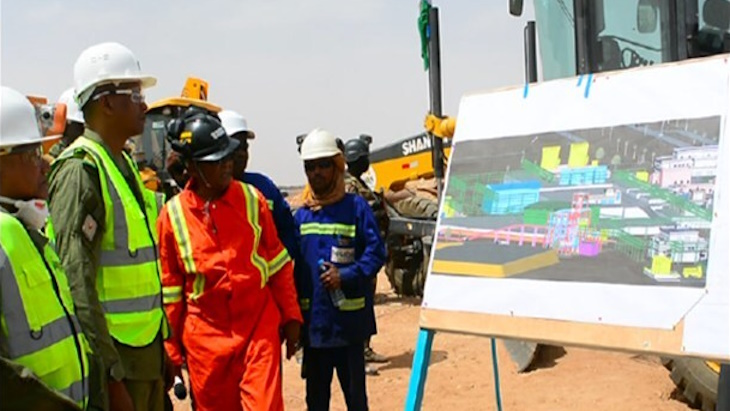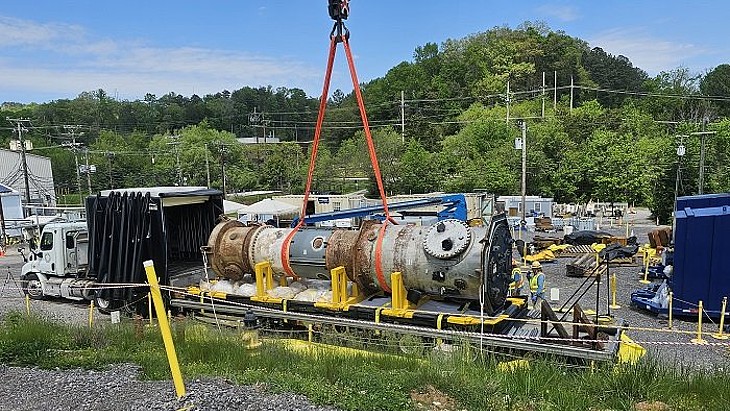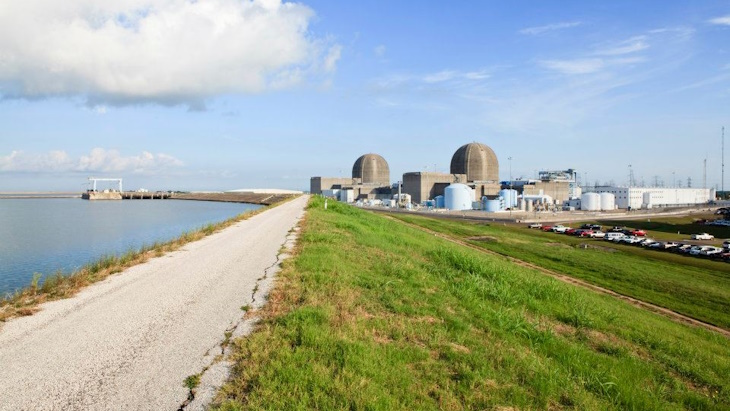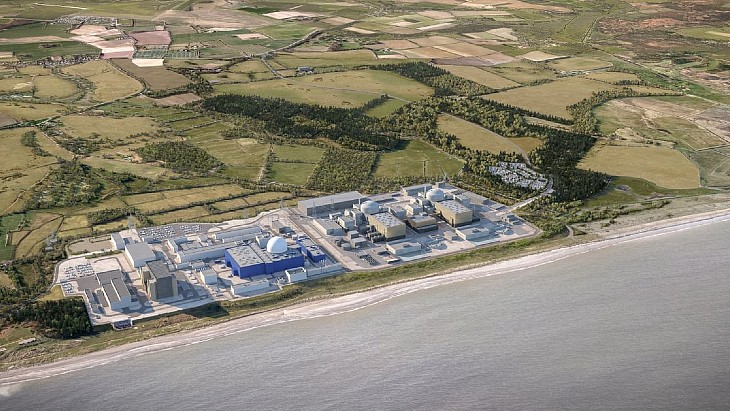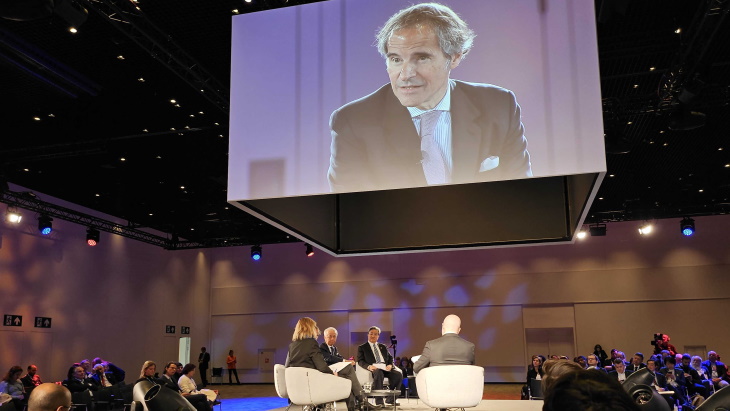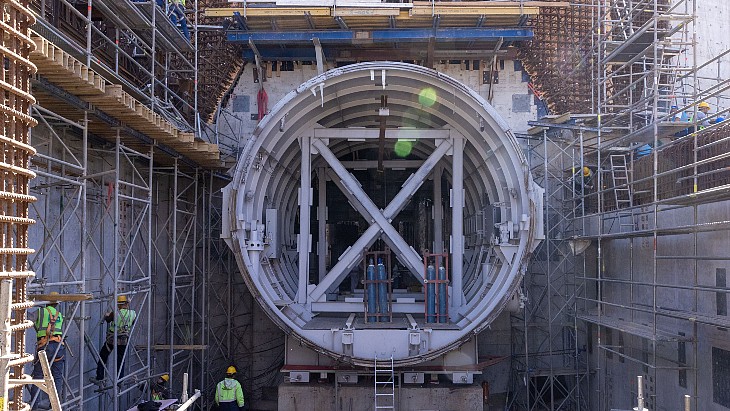Source: https://www.world-nuclear-news.org/Articles/Q-A-%C2%A0Proud-of-progress-on-new-nuclear,-but-pace-ne
Assistant Secretary for Nuclear Energy Kathryn Huff reflects in this Q&A on the highlights of her three years leading the US Department of Energy Office of Nuclear Energy and the momentum behind expanding nuclear energy capacity. This article was first published by the Office of Nuclear Energy on 3 May.
What have been the high points from your time at the Department of Energy?
It's been an absolute honour. It has been a real thrill to see the bipartisan support for nuclear energy. I think my confirmation was a real signal that that was the case, even starting out.
The existing nuclear fleet: We want to keep existing reactors running, and I’ve seen Diablo Canyon stay open when it was potentially destined to close. Palisades Nuclear Power Plant has a hope of a future even though it has shut down, and they're restarting that plant very soon. With Vogtle Unit 3 and 4 coming online, it takes us from the 92 reactors or so we were at when I started, up to 93, 94. With Palisades it’ll be 95. In a different world, we could have been walking backwards instead and allowing those reactors to shut down.
Advanced rector development: I think especially with the construction permit application for the Kairos Power fluoride salt-cooled high temperature reactor, it’s a real demonstration that the Nuclear Regulatory Commission is ready to license advanced reactors. We've seen so much progress with the Office of Clean Energy Demonstrations and the two big demonstration projects, TerraPower and X-energy. Broadly, I think just every time I talk to people, there is more and more awareness of the incredible variety of new nuclear reactor technologies available and the ways that each of them could fit into a clean energy future.
Investments in nuclear energy: In the last three years in this Biden-Harris Administration, what we are seeing is not an accident. It's not chance. This kind of investment is policy. This is President Biden's Invest in America strategy. It starts with investing in the kinds of energy technologies that will succeed in decarbonisation while simultaneously helping with American jobs and prosperity in general. We want to see this transition move forward in a way that is deeply American and that supports American lives.
Building a domestic supply chain for nuclear fuels: I think it’s really a shame that the situation that has driven so much attention on our nuclear fuel supply is such an incredible, unjust attack from Russia on Ukraine. But it has focused a great deal of our attention on the trust we have to have in our fuel supply chains. When there are nations in the world willing to use fuel for energy as a weapon and access to that fuel can be used to dominate and control other nations, we cannot allow ourselves or our allies and partners to be exposed to that. And the United States is ready to be a good partner in that more diverse fuel supply. But we have to work really hard to rebuild our capacity.
Managing nuclear waste: We have restarted a consent-based process that had been started in the Obama Administration, and that consent-based process focuses on centring communities and their interests with regard to the storage of spent nuclear fuel and potentially, ultimately, the disposal of spent nuclear fuel. It's what we owe to communities, it’s what we've promised the utilities, and trust that the US government is moving forward rather than stagnating with regard to this policy is essential to the build-out of new nuclear.
What was your best day at the DOE, if you had to pick one?
I think the best day was at COP28. Our government stood alongside over 20 other governments and said, we see how necessary nuclear is going to be with regard to our 2050 net-zero goals, that we will not get to net-zero without tripling nuclear energy, and so we must try. And we pledged to try. That is earth-shaking. I think it represents not necessarily what we believe to be a projection of what is likely - it's not even a reflection of what we believe is possible with the resources we have today from the federal government to incentivise a change. It's instead a declaration of where the numbers lie and what it's truly going to take. And I think that was a really defining moment.
You joined the DOE from academia. What caused you to accept the job?
To be honest, it was a complete surprise that I was even being considered. It never occurred to me to work in the government. Tarak Shah, the secretary’s chief of staff at the time, said to me, "We’re in a war with the climate crisis, and we need you on the front lines". And I can't say no to that. This is a very motivational value for me that, you know, it is worth doing some public service to save the world. And we're doing nothing less. And so he got me right in the heart with that one, and I was powerless against it.
What has it been like working for the federal government?
The Office of Nuclear Energy has been an honour to work in. The people have amazed me. And I think generally speaking, the thing I will take away the most is an incredible respect for the public servants in the US government. The public has no idea the amount of care and concern and work that is put in every day within walls of an agency like this one. The Department of Energy is working so hard every day for the people of the United States, and seeing it firsthand is really breathtaking.
How does it feel when you look back at the progress we've made over the past few years? Do you feel like we've made huge strides, or there's still so much left to be done?
Can I say both? I think both are true. Yes, we have made huge strides. We are now walking forward - we should be running forward, with regard to new deployments of nuclear energy. But, you know, we could be walking backwards. That shift in the direction is so important, and we're in a place where that momentum, I think, is going to stick with us. But I think there's no question in the scientific world that we're not moving fast enough to decarbonise. And so while we're moving very fast and I'm so proud of us for moving as fast as we are, we've got to move so much faster, especially when we think about the tripling of nuclear energy goal. Building 200 new gigawatts of nuclear power between now and 2050 is going to be hard, but it'll have a lot of benefits.
Do you have any parting words as your time at DOE comes to a close here?
Well, I'm a big nerd. And so I think about The Lord of the Rings sometimes, and there's this moment where Bilbo says that he misses his books and his armchair, and he's had enough of adventure. But I will always be so proud of this. And, you know, like Bilbo, I will think back on it fondly and often.

